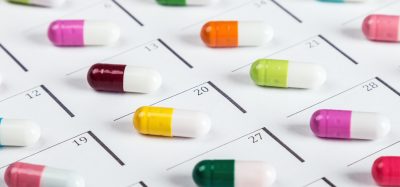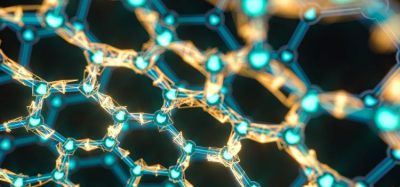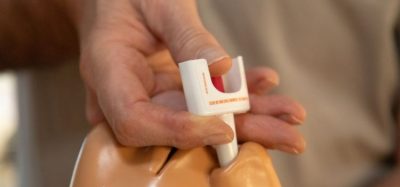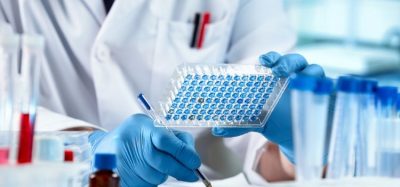Broadly neutralising antibody to be developed for HIV-1 treatment
Posted: 25 November 2019 | Rachael Harper (European Pharmaceutical Review) | No comments yet
The investigational broadly neutralising antibody, N6LS, is to be developed by ViiV Healthcare for the treatment and prevention of HIV-1.
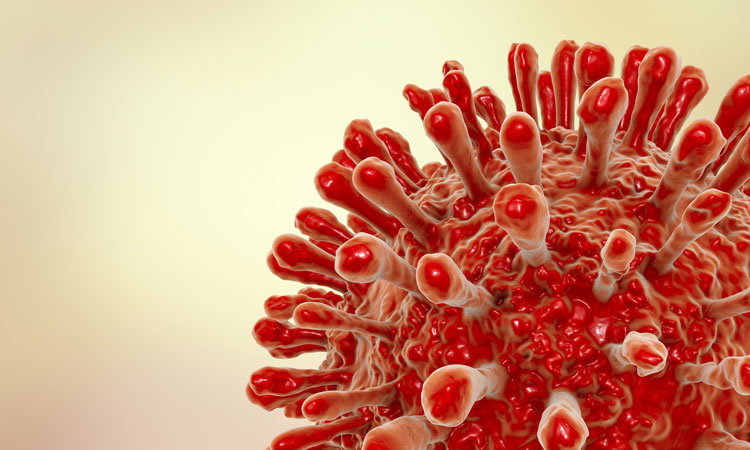

ViiV Healthcare is to develop N6LS, the investigational broadly neutralising antibody (bNAb) for the treatment and prevention of HIV-1, as part of an exclusive licensing agreement between GSK and the US National Institute of Allergy and Infectious Diseases (NIAID).
bNABs can recognise and block the entry of different strains of HIV into healthy cells. N6LS is an antiviral bNAb that works by binding to a specific site (gp120) on the surface of HIV that prevents its entry into uninfected immune system cells (CD4+ T cells). By blocking HIV’s entry into human CD4+ cells, HIV replication is halted and the HIV transmission process may be prevented.
“We are excited to advance N6LS from its current proof-of-concept stage to the next step in its development by studying this bNAb as a long-acting medicine that could potentially be used for both treatment and prevention of HIV,” said Kimberly Smith, MD, Head of Research & Development at ViiV Healthcare. “By continuing to research new ways that people living with HIV can reach undetectable viral loads, we build on our ten-year history of furthering innovative science in HIV and take another important step forward in ending the epidemic.”
N6LS was originally discovered and developed by scientists at NIAID’s Laboratory of Immunoregulation and VRC. NIH and GSK entered into a Co-operative Research and Development Agreement (CRADA) to jointly identify and further develop new bNAbs such as N6LS that could serve as the next generation of treatment regimens for people living with HIV and preventative options for HIV transmission.
A Phase IIa study will soon be initiated with material manufactured by the NIAID Vaccine Research Center that will evaluate the efficacy, safety, tolerability and pharmacokinetic profile of N6LS in adults living with HIV, the company has said.
Related topics
Antibodies, Clinical Development, Clinical Trials, Drug Development, Formulation, Research & Development (R&D)



